Money Talk: Learn the Lingo of Personal Finance
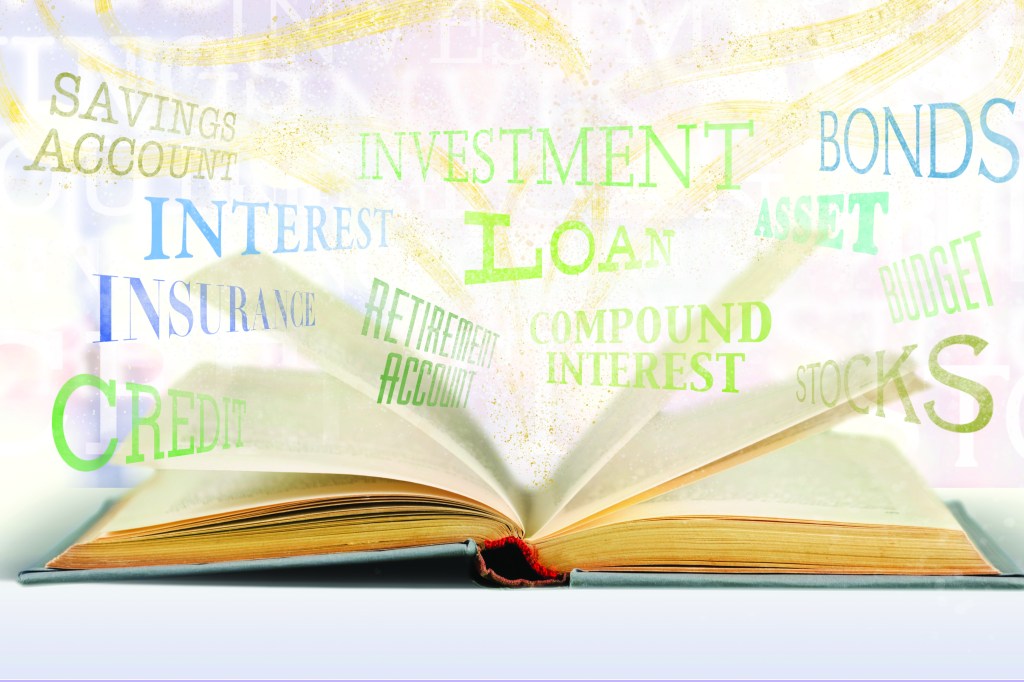
Imagine visiting a foreign country and not knowing the language. It would be difficult to shop in a grocery store, ask for directions, and accomplish many other tasks. Personal finance also has a language all its own. If you don’t know how to speak the language of money, things like saving, investing, and spending are more difficult than they need to be. To kick off a new year of learning about finance, we’ve done an all Power Words issue. Take a look at these 14 terms you’ll need to know—then try to start using them!
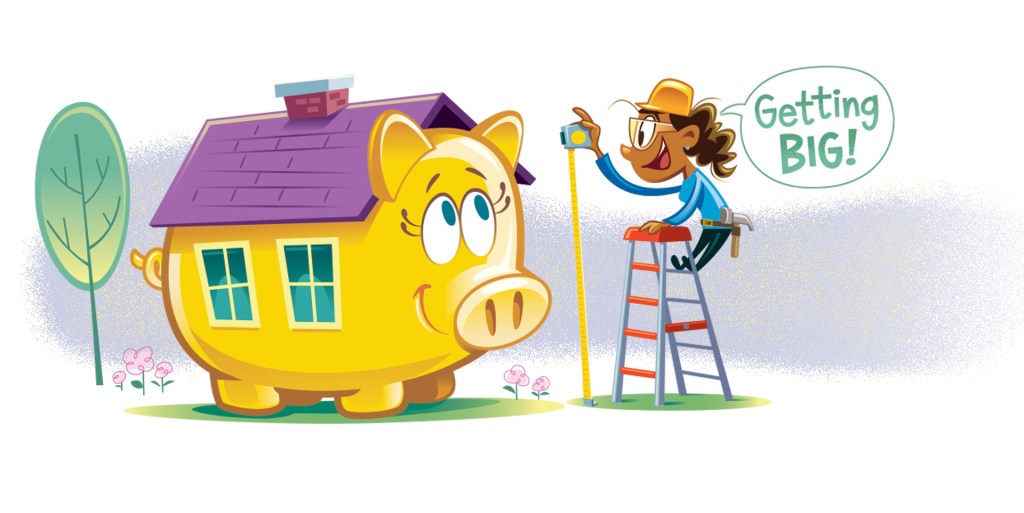
Asset: Something that has value you can measure. People can have different kinds of assets, such as houses, cars, money in a bank account, and investments. Companies and countries have assets, too. Assets are the opposite of liabilities, which is another word for debts.
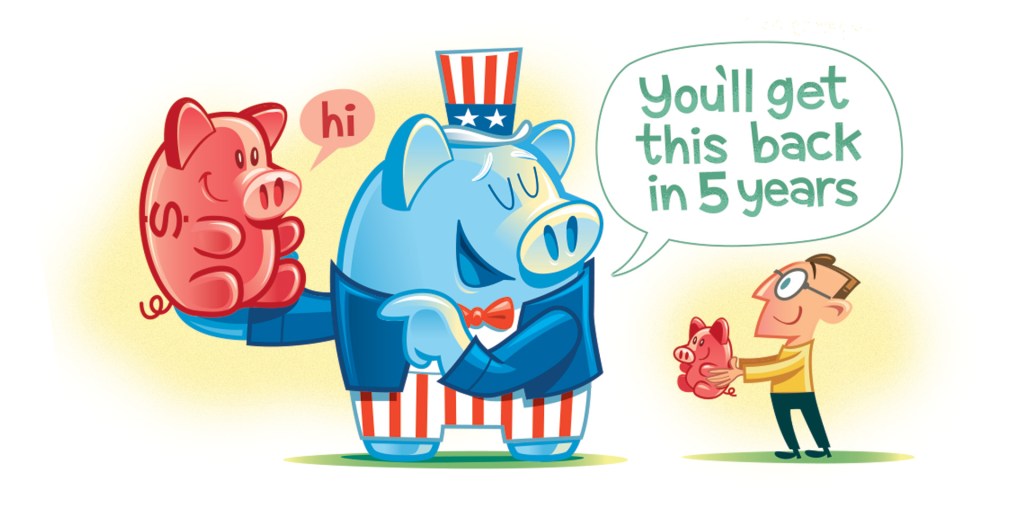
Bonds: Loans you give to a company or government that pay you back plus interest. A bond is a bit like a stock, except instead of owning a piece of a company, you loan it money for a specific amount of time. When you buy a bond, you’re called a bondholder.
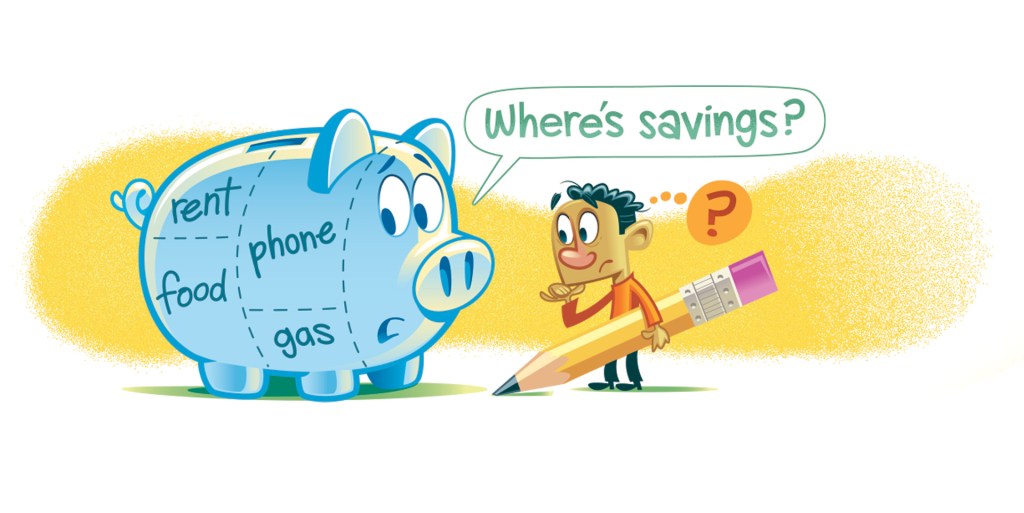
Budget: A plan you make for how you want to use your money. You’ll have to divide your budget into things you need and things you want, while making sure there is something left over to save.
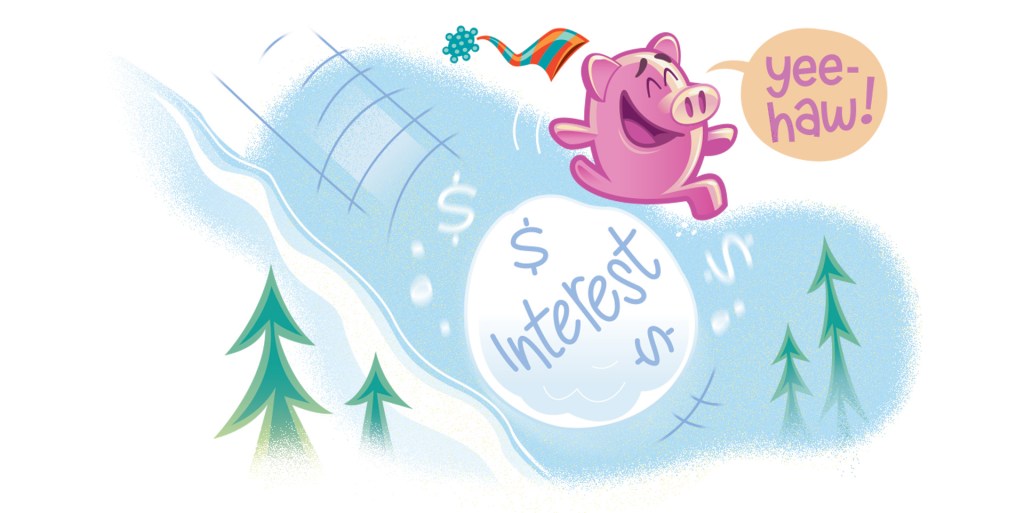
Compound interest: Interest you earn on interest you’ve already earned. Imagine putting $10 in a savings account that gives 10% interest each year. After the first year, you’d make $1 in interest. After the second year, you’d make more than $1. That’s because you’d be earning interest on your original $10 plus the dollar you made last year. Think of it as a snowball rolling downhill: It just keeps getting bigger.
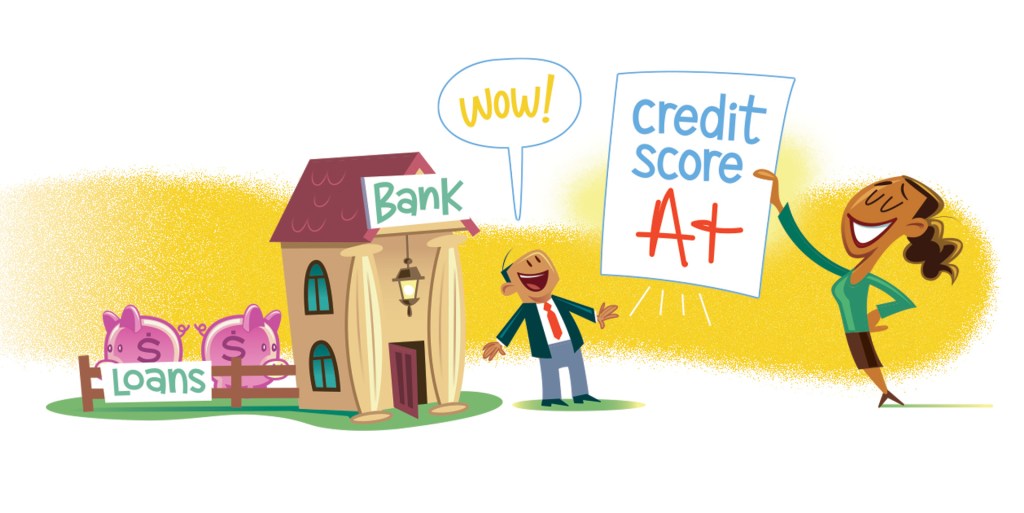
Credit: Your ability to borrow money to buy something you don’t have the money to pay for today. It’s important for a grown-up to have good credit—and a good credit score, which is how credit is measured. The way to maintain a good credit score is to pay your bills on time and not borrow money you don’t need.
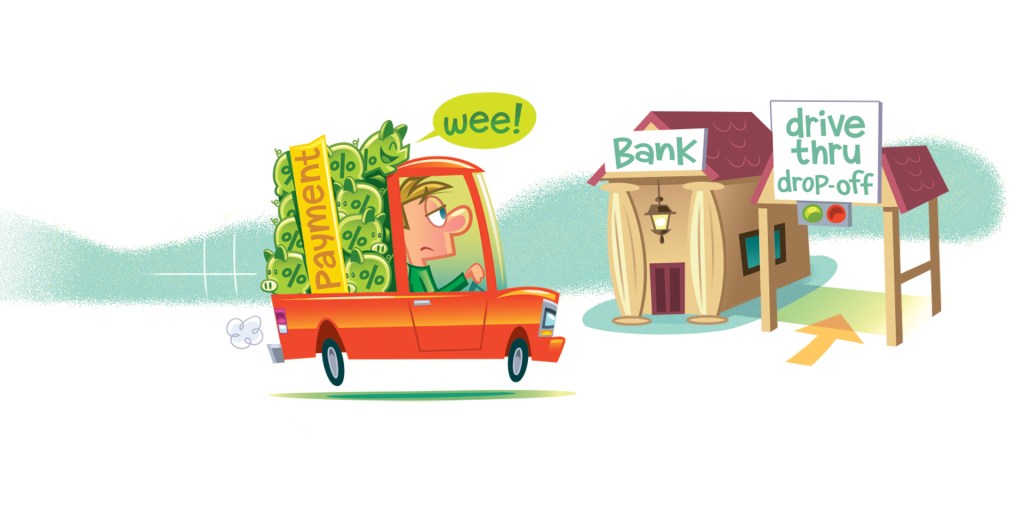
Debt: Money you owe. Student loans, mortgages (home loans), car loans, and the amount you owe on a credit card are all forms of debt.
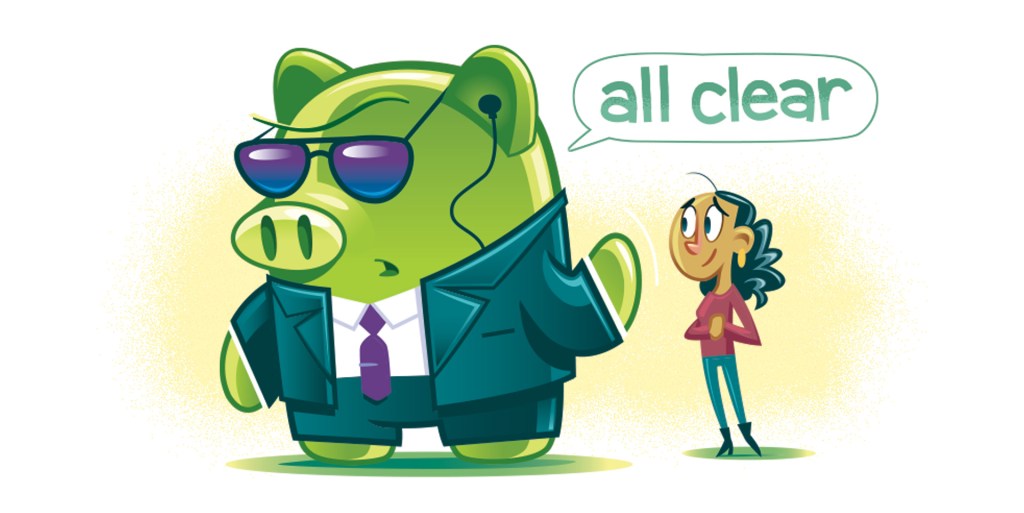
Insurance: Something you buy—often called a policy—to protect yourself against financial problems. Health insurance pays hospital bills, home insurance pays to replace what you lose in a robbery or disaster, and car insurance pays for damage in an automobile accident.
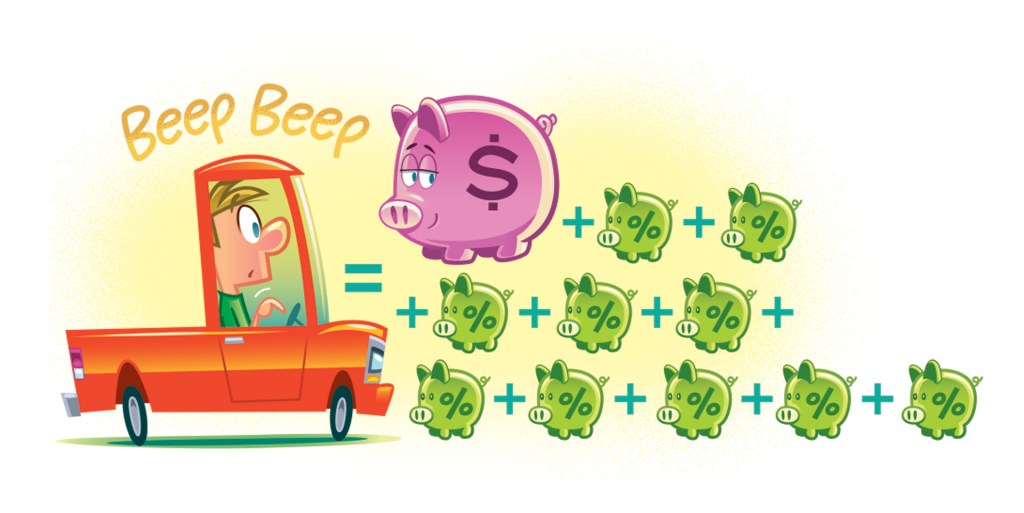
Interest: The cost of borrowing money. An interest rate is usually shown as a percentage. The higher the rate, the more the loan will cost. If you take out a loan from a bank, you’ll need to pay back that money plus interest. But if you deposit money in a savings account, the bank pays you interest instead.

Investment: A type of asset you buy because you hope it will gain value over time, perhaps allowing you to sell it later for more than you paid for it. Investments include stocks, bonds, and mutual funds (which are combinations of stocks and/or bonds).
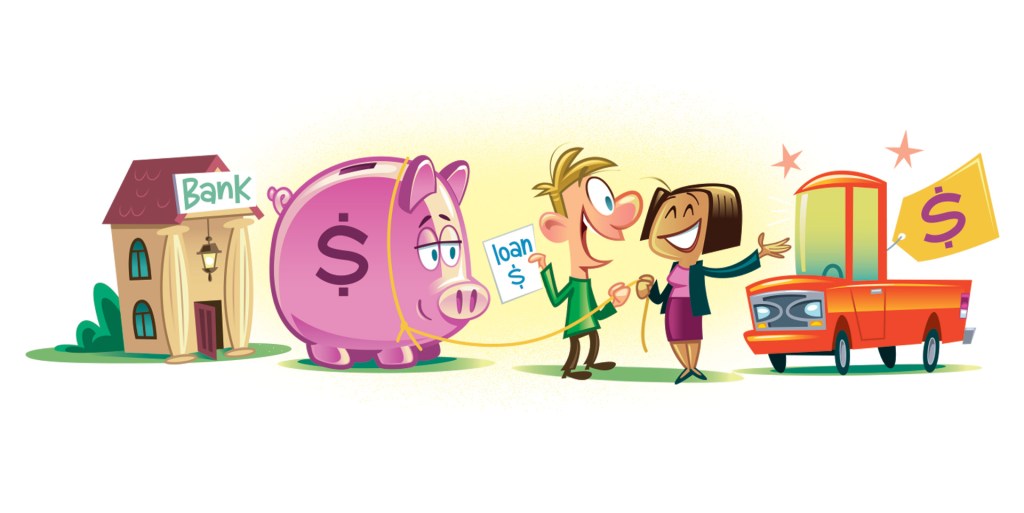
Loan: Money that is borrowed from other people, or from financial companies like banks and credit unions. Loans are mainly used for large purchases that you can’t afford to pay for all at once, such as a house or car.

Retirement Account: Specific places you save money for when you’re older and stop working. An IRA and a 401(k) are two types of retirement account. By putting money in these accounts, you save on taxes and are making an investment for your future.
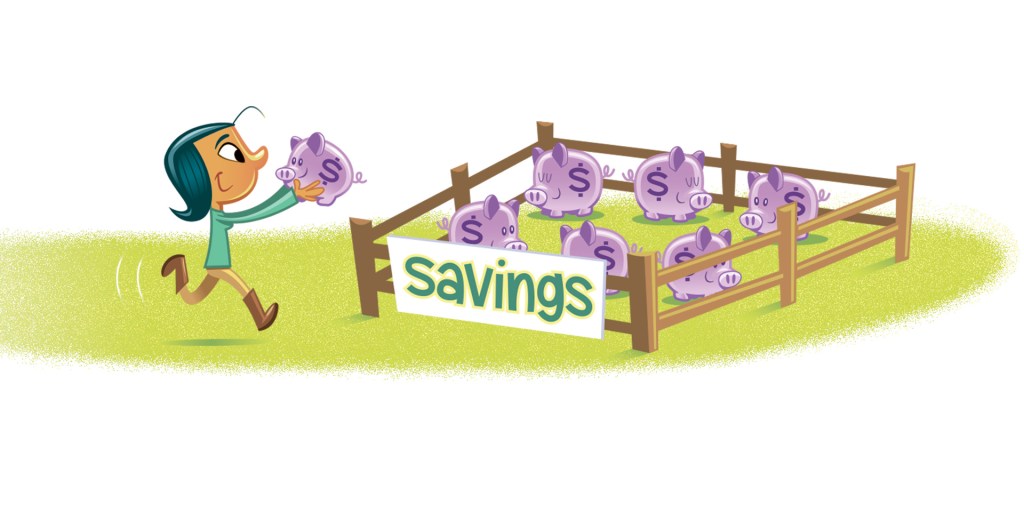
Savings Account: A bank account for money you want to keep for future goals. Up to $250,000 of the money in a savings account is insured by the U.S. government. This means it will be safe if the bank goes out of business.
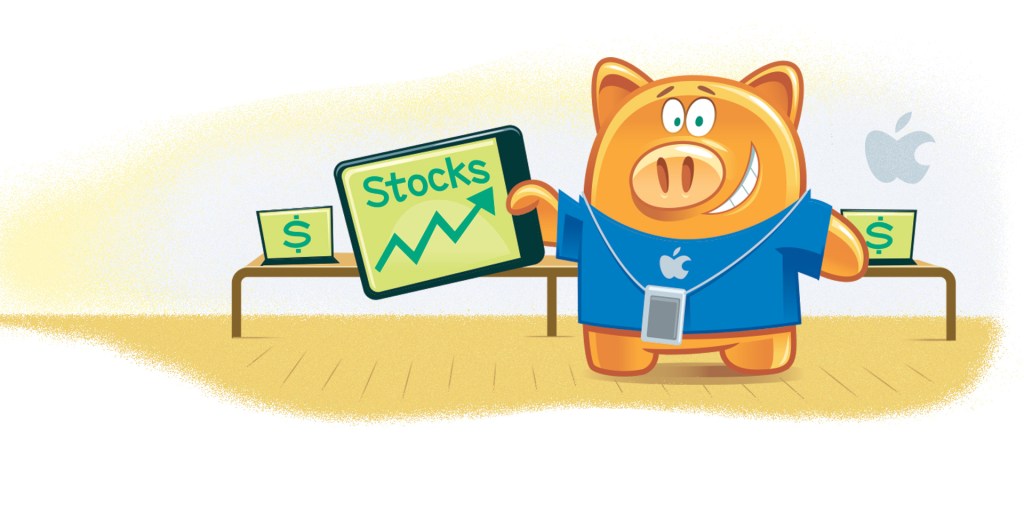
Stocks: Shares, or pieces, of a company, such as Apple or Walmart. When you buy a stock, you become a shareholder—meaning you own a little sliver of that business. If the company does well, the stock price will usually go up, and the value of your investment will increase.
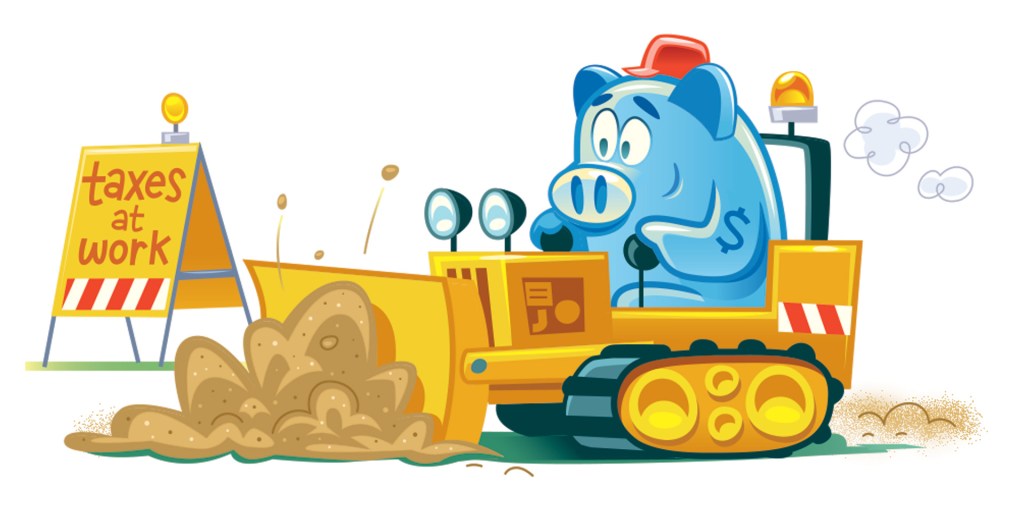
Taxes: Money a government charges its people. The government uses this money to do its work, such as paying for public schools and roads.
Extra! Click here to read a related article from TIME for Kids.
Click here for the Grade 5-6 Teacher’s Guide.








